Fenugreek Profile
Written by Joy
Nov 04 2020
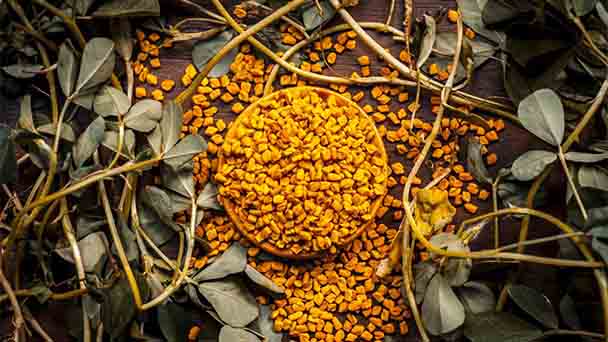
Fenugreek is the dried mature seed of the legume Trigonella foenum-graecum L. It is cultivated in all parts of the north and south of China and is semi-wild in the southwest and northwest. It has the effects of warming the kidney and assisting yang, dispelling cold and relieving pain. It is often used for deficiency of kidney yang, deficiency and coldness of Xia Yuan, cold pain in the lower abdomen, cold colic, abdominal pain, cold damp beriberi.
Fenugreek morphological characteristicsFenugreek growth habit and growing environment and distributionFenugreek efficacy and roleFenugreek increases testosterone levelsFenugreek is good for blood sugar regulationFenugreek cultivation
Fenugreek morphological characteristics
Fenugreek is an annual herb, 30-80 cm tall. The main root is 80 cm deep in the soil and the root system is well developed. The stem is erect, cylindrical, multi-branched, and slightly pilose. Pinnate three compound leaves; stipules entire, membranous, a base connected to the petiole, apex acuminate, hairy; petiole flat, 6-12 mm long. Fenugreek leaflets are obovate, ovate to oblong-lanceolate, nearly equal in size, 15-40 mm long, 4-15 mm wide, blunt tip, wedge-shaped at the base, and triangular tines on the upper part of the edge, no upper part Hair, sparsely pilose underneath, or bald, 5-6 pairs of lateral veins, not obvious. The terminal leaflet has a long petiole.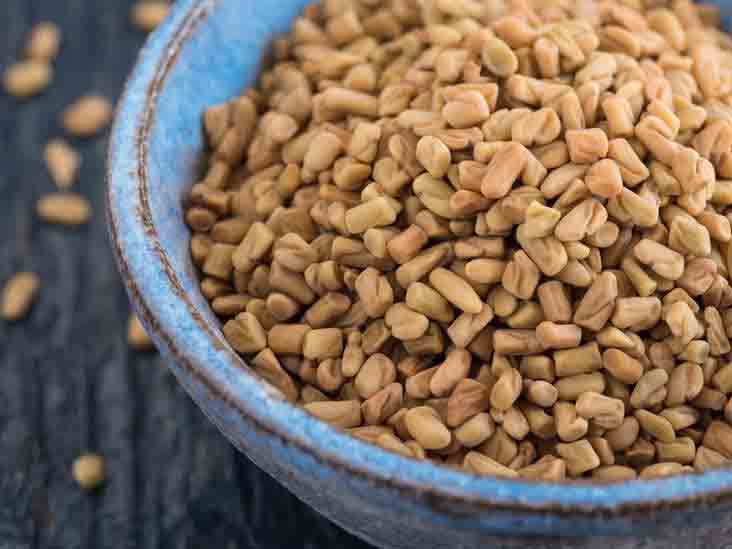
Fenugreek growth habit and growing environment and distribution
Fenugreek's characteristics are drought-tolerant, barren-tolerant, water-fearing, and adaptable. It is especially suitable for planting in barren hills, barren land and low-yield fields, open spaces in front of and behind houses, and can greatly improve soil fertility. Fenugreek can also be planted in pots, placed indoors or in the courtyard, or potted on the balcony of the room. It is not only ornamental but also can repel mosquitoes and purify the surrounding environment.Fenugreek efficacy and role
Fenugreek increases testosterone levels
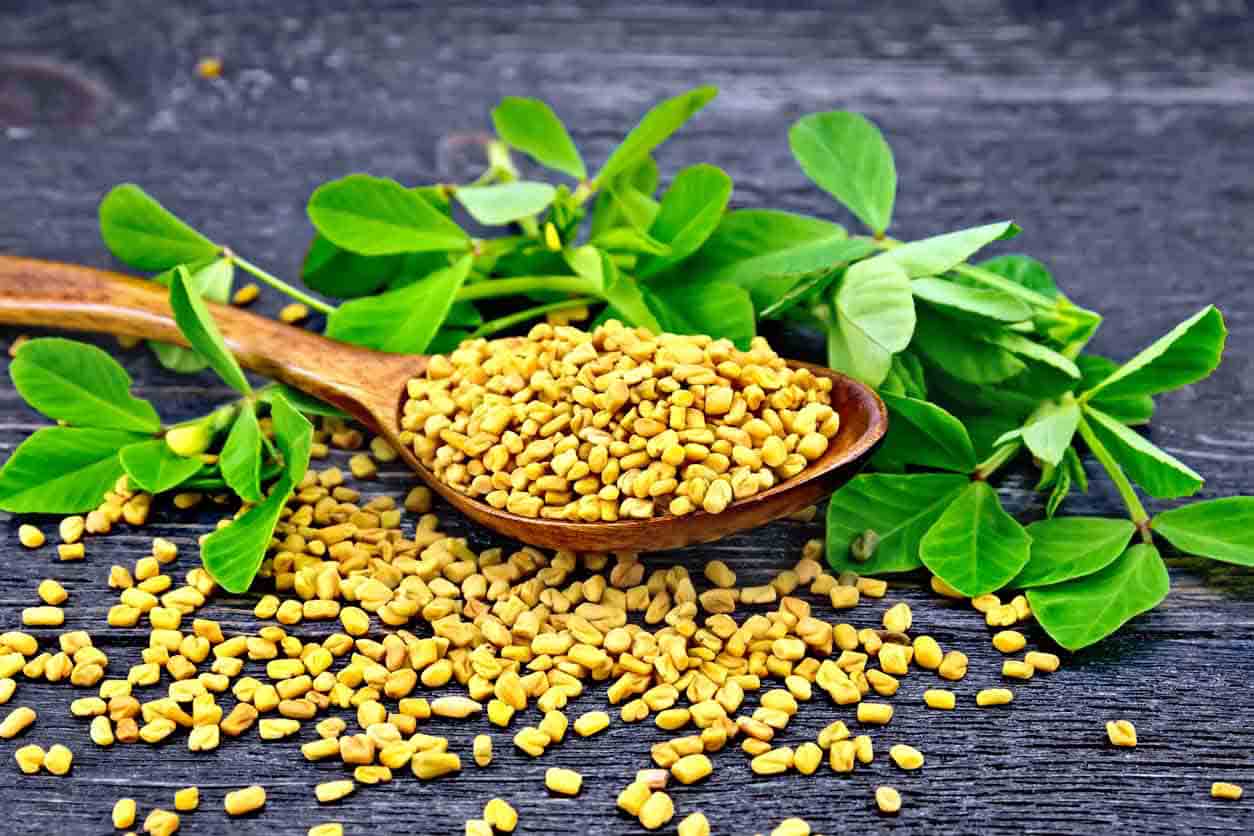
In men, the level of testicular hormones gradually increases from adolescence to adulthood, and then decreases by 1.6% per year over the age of 40, while the available level drops by 2% to 3% per year.
Symptoms of low testosterone levels are non-specific and include decreased libido, erectile dysfunction, decreased ejaculation volume, decreased body and facial hair, decreased bone density, decreased lean body mass, increased body fat, fatigue, weakness, increased anxiety, and large amounts of Sweating and anemia.
Fenugreek is good for blood sugar regulation
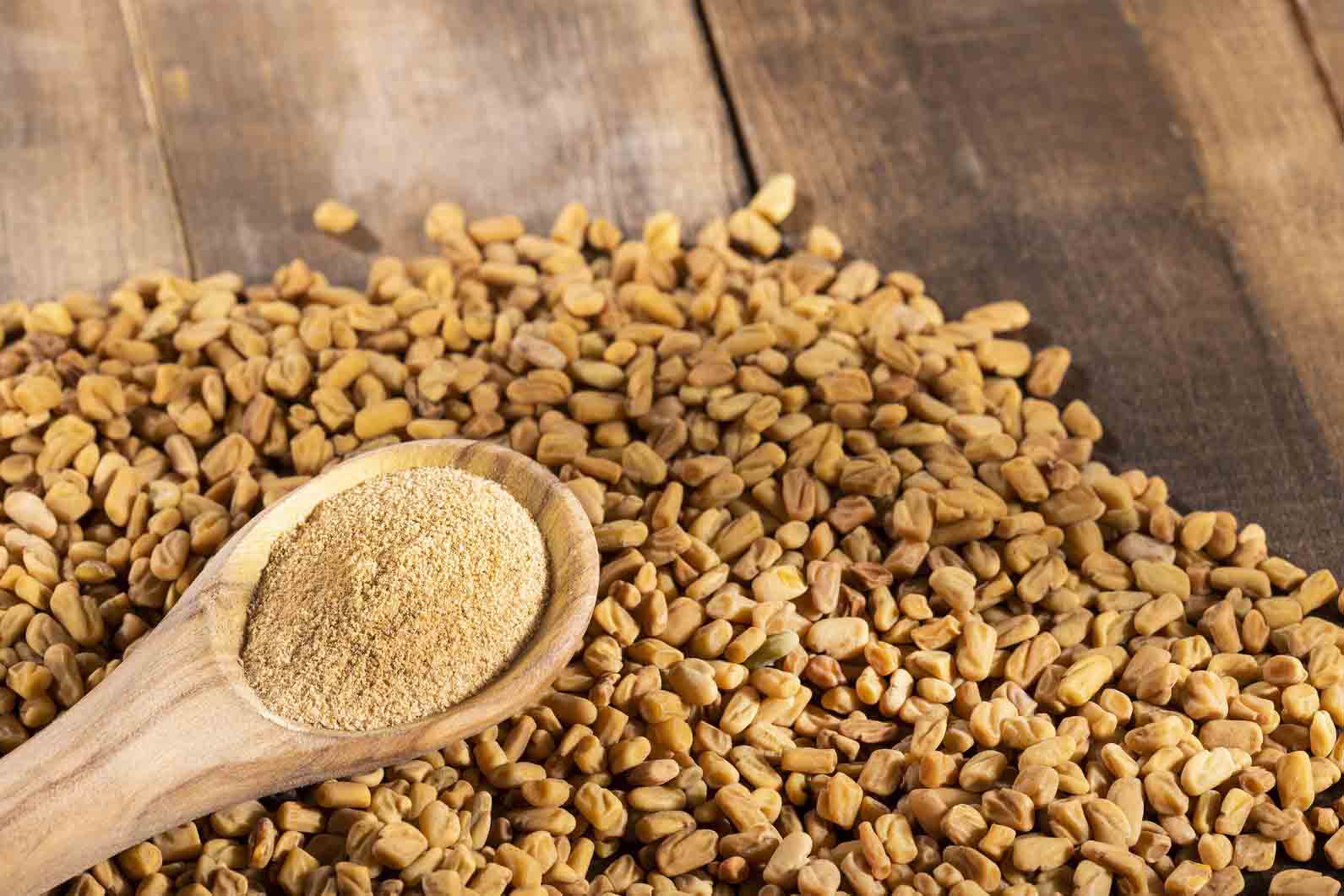
In addition, according to the International Diabetes Federation, by 2040, 1 in 10 adults will have diabetes
A comprehensive analysis of literature pointed out that fenugreek can significantly reduce fasting blood glucose, blood glucose, glycosylated hemoglobin and total cholesterol levels 2 hours after a meal.
Fenugreek cultivation
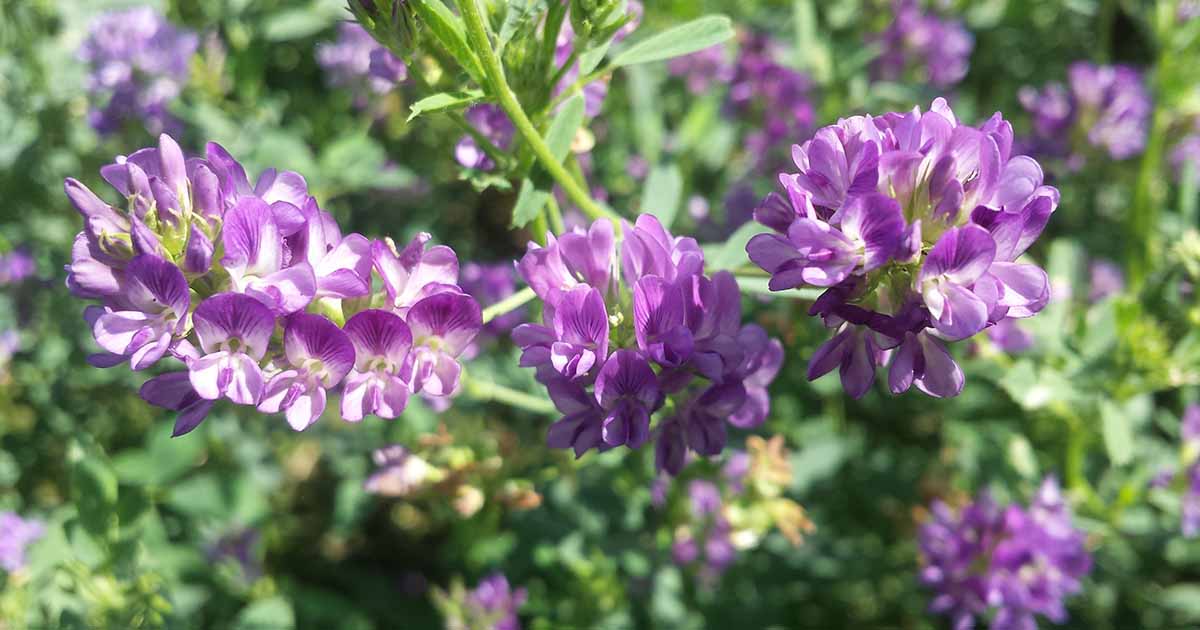
The harvest season of fenugreek is generally around Xiaoman. Wait until the stems and leaves of the plant are withered before harvesting. When harvesting, mature fenugreek plants need to be harvested with a sickle and then dried to thresh the seeds and remove the seed coat. It can be used directly as medicine or sold.
Latest Updated
- Benefits of Bugleweed - 7 Science-backed Health Benefits
- Bugleweed Dangers & Side Effects - Is It Poisonous?
- How to Plant Evergreen Trees - What You Should Know
- When to Plant Evergreens - Grow Guide for Evergreen Trees
- 12 Wonderful Evergreen Shrubs for Your Garden
- 12 Popular Evergreen Plants with Pictures for Beginners
- When And How To Prune A Lilac Bush Like a Pro
- How to Grow & Care for Lilac Vine (Hardenbergia Violacea)
- Japanese Lilac Tree (Syringa Reticulata) Care & Propagation Guide
- Shumard Oak Pros and Cons - What to Know
Popular Articles
- Winter maintenance of Antirrhinum Majus
- How to Grow Terminalia Mantaly Tree
- How to Grow and Care for Crossostephium Chinense
- How to grow Antirrhinum Majus in spring
- Peristeria Elata (Dove Orchid) Profile: Info & Care Guide
- Underwatered Snake Plant (Sansevieria Trifasciata) - Signs And How To Fix
- How to Care for Brazilian Jasmine Plant (Mandevilla Sanderi)
- How to Grow & Care for Graptopetalum Purple Delight in Summer
- Rosa Chinensis (China Rose): Plant Growing & Care Tips
- How to Care for Baby Sun Rose (Aptenia Cordifolia)